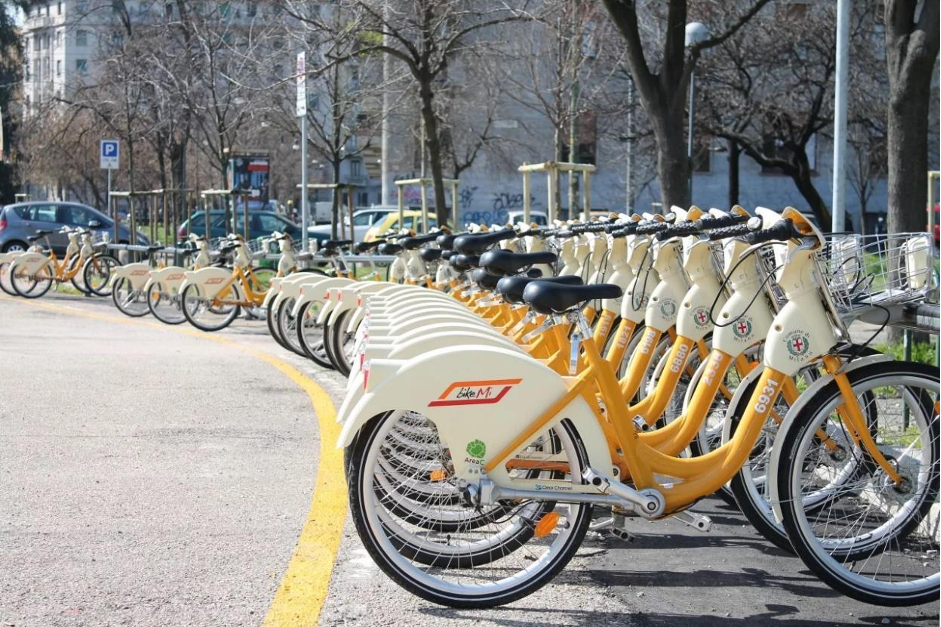The mobility planning sector is dealing with challenges that mainly concern safety, emissions, and providing citizens a smooth transition towards more sustainable ways of transportation. In recent years, the concept of shared mobility (e.g., bike sharing, carsharing) has been growing increasingly due to the wide range of benefits that shared mobility offers to travellers on a daily basis. One of the main advantages constitutes in cost savings given that many people can collectively fulfil their mobility needs without the need of using their personal vehicle. On top of that, the reduced use of private vehicles triggers a wide range of environmental benefits and the improvement of the quality of life within urban centres. However, achieving these benefits relies on the effective planning of shared mobility services.
The first use case of the nuMIDAS toolkit focuses on micromobility services planning, and specifically supports the definition of the optimal fleet size of shared mobility services (e.g., shared bikes, e-scooters, car and moped sharing) taking as input socioeconomic, mobility, financial, and service provision-related parameters and constraints.
For policy makers and planners it is crucial when identifying the optimal fleet size of shared mobility services to take into consideration the perspective of service operators as well as the citizens who will be the end users. This is a necessary approach that the nuMIDAS toolkit follows as a way to ensure both the economic sustainability of the service and the sufficient distribution of the services throughout the city. Such an approach relies on the postulation of an optimisation problem in which the objective function seeks to optimise a total cost index covering both perspectives.
Moreover, this tool will allow the Municipality of Milan to obtain granular information categorised by the four modes of shared mobility in Milan (Kick scooter, Bike sharing, Moped and Car sharing) and also differentiate them by the two major mobility types which are station-based and free-floating. The differentiation between all shared mobility modes is key in the case of Milan, as the authorised fleet, the per-minute fare, the daily rides and the geographical coverage widely differ per mode. In that sense, having the possibility to estimate the ideal fleet size of each mode separately provides the detailed information necessary to enhance the planning process of each one of the shared mobility services regarding the accuracy of the definition of the fleet size included within tenders.
The outcome data of this use case could give the Municipality of Milan and other municipalities that will use the tool a comprehensive insight about the differences of each sharing mode and respective fleet size. These insights could be used to specify future tender requirements involving shared mobility.
In this way the nuMIDAS toolkit permits mobility planners to enhance a data driven approach when defining the optimal fleet size per each mode that is included in tenders. In this way the implementation of a balanced and optimal fleet size is expected to provide advantages both to the service providers and the end users. Similarly, this toolkit could contribute to achieving the consolidation of modelling tools used within the planning phases of policymaking to increase the capacity and accuracy of response to the current needs of the population regarding urban transportation. Within the Municipality of Milan, it is important to understand the importance of using a data-driven approach when defining a balanced trade-off between the economic profitability of shared mobility operators and the ideal fleet size that could permit a sufficient geographic demand coverage of the city. Overall, this use case can help the municipalities facilitate the use of new mobility data methodologies and tools.





